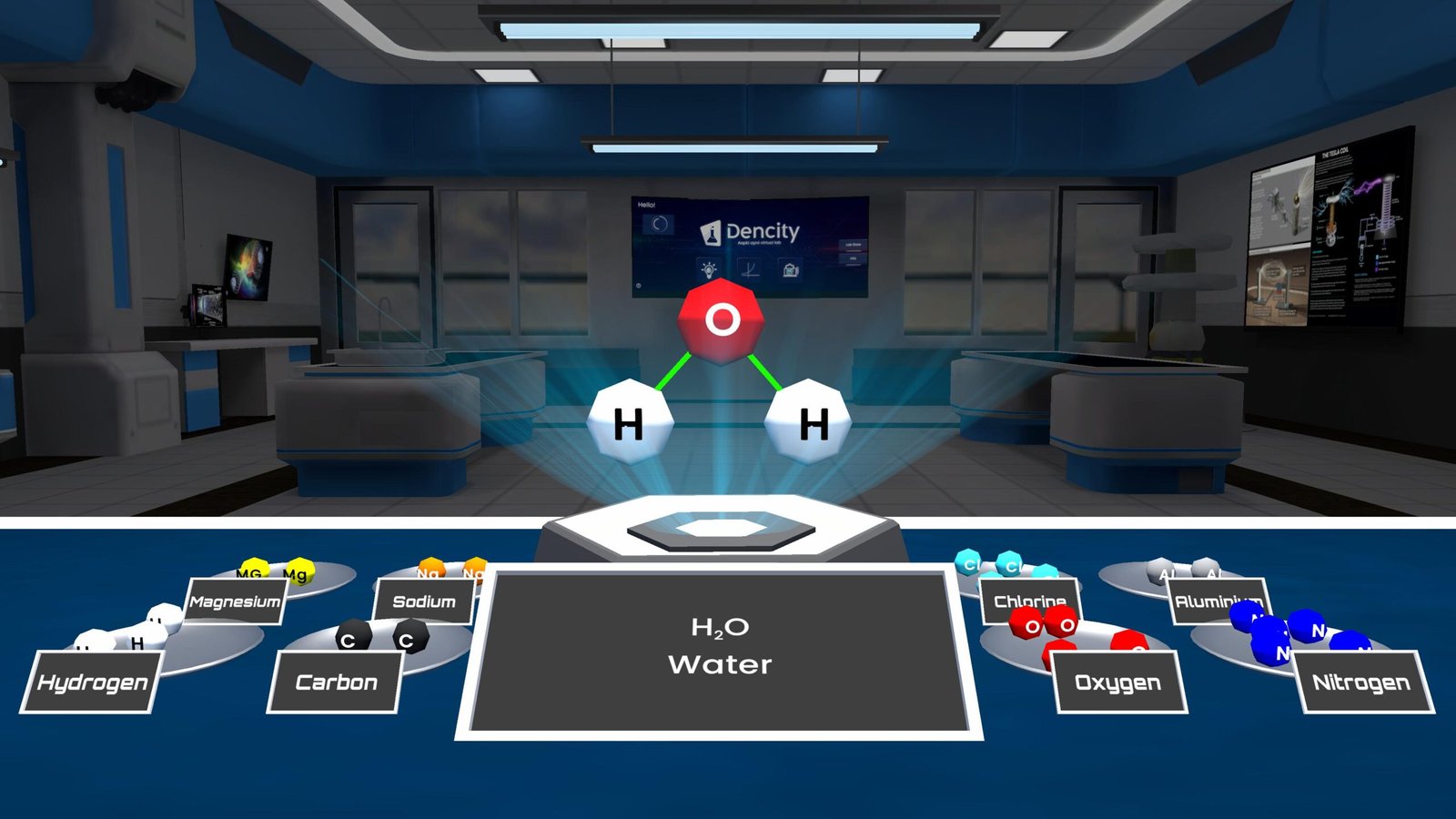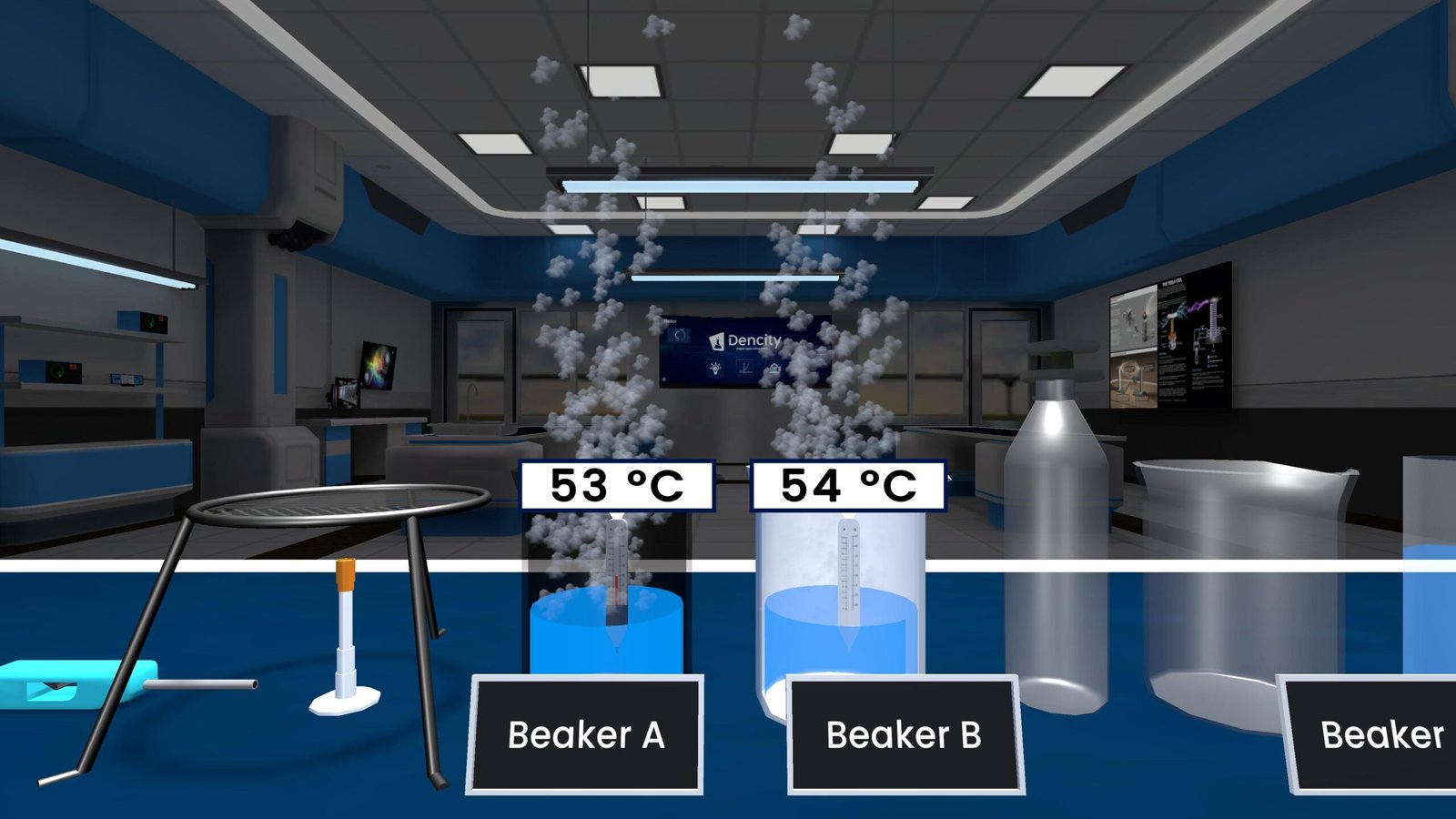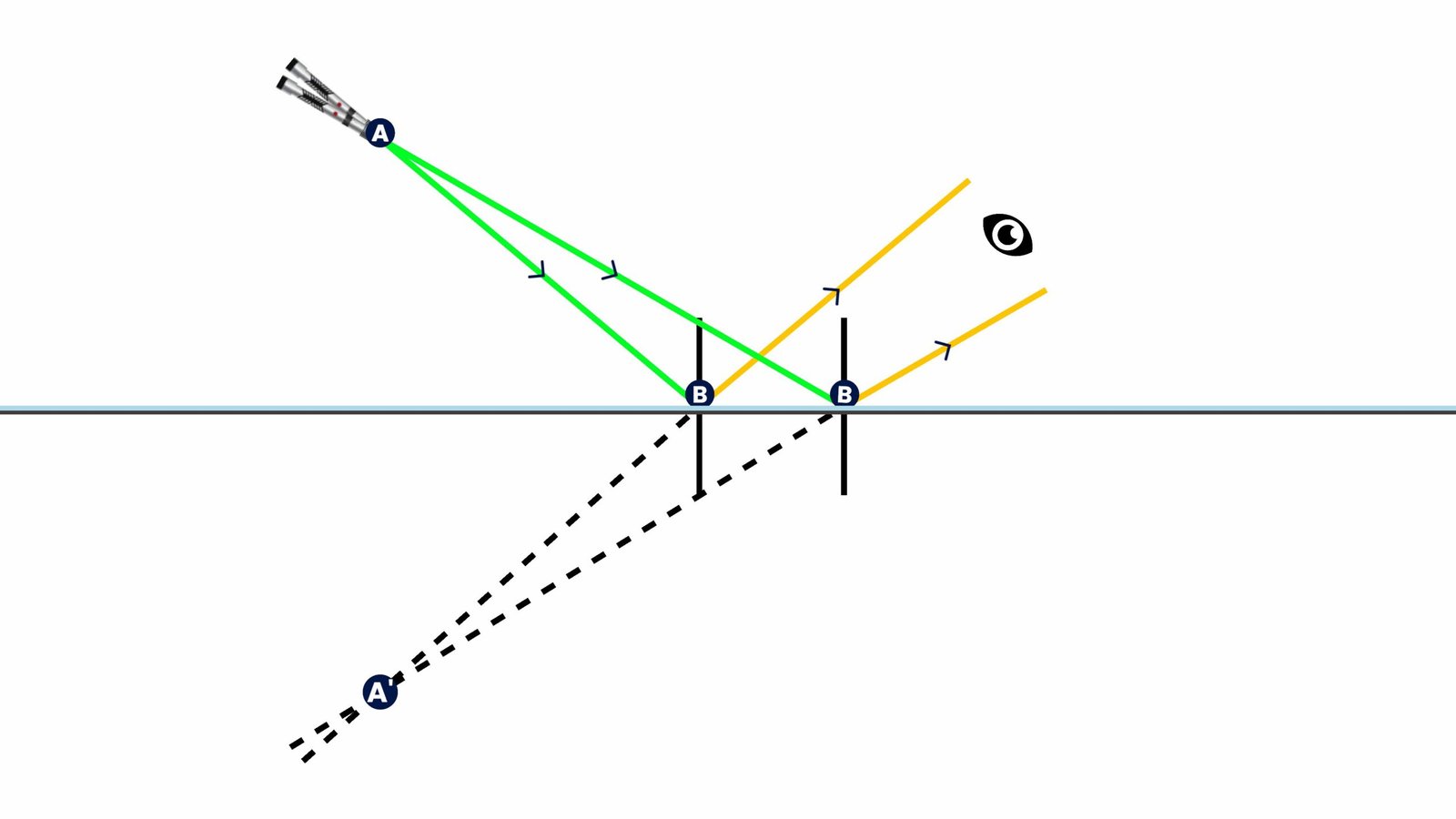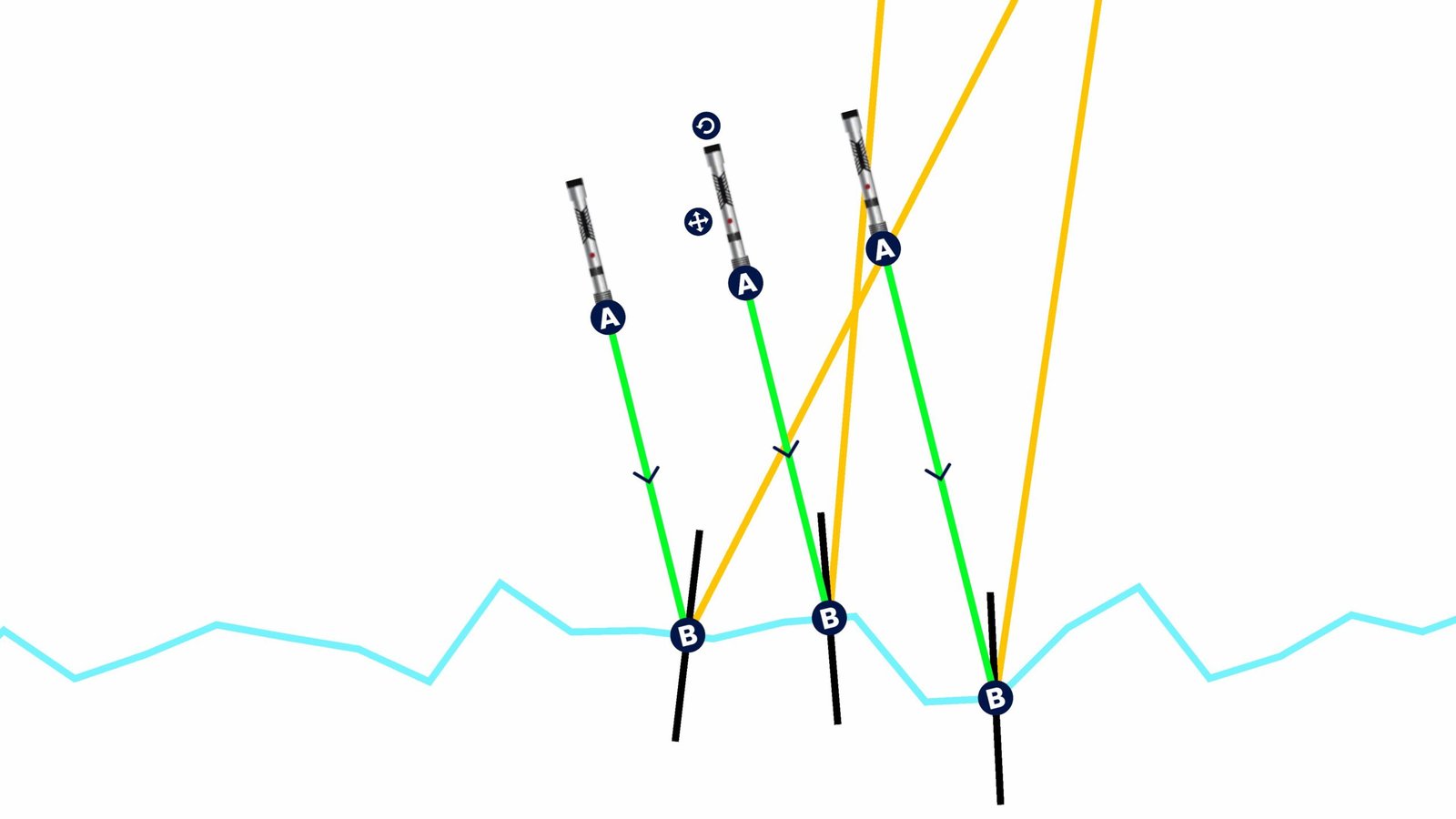Molecule Builder Experiment
A Molecule Builder is a tool that allows atoms to combine based on their valency and chemical properties to form molecules. Molecules are formed when two or more atoms bond together in specific ratios. This concept is fundamental in chemistry and helps us understand how substances are created.
Theory
Each element has a specific valency, which determines how many atoms it can bond with. For example:
- Hydrogen has valency 1
- Oxygen has valency 2
- Nitrogen has valency 3
- Carbon has valency 4
Valency is the combining capacity of an atom. It represents the number of electrons an atom can gain, lose, or share to complete its outermost shell.
Atoms form bonds when they interact to achieve a stable configuration, usually following the octet rule (8 electrons in the outer shell).
Types of Bonds:
- Covalent Bond: Formed when atoms share electrons. Common in nonmetals.
Example: H2O, CO2 - Ionic Bond: Formed when one atom donates electrons to another, creating charged ions. Common in metals and nonmetals.
Example: NaCl, MgCl2
Real Life Uses
- Helps in predicting how atoms will combine to form stable compounds.
- Essential in chemical reactions and new compound design.
- Used in understanding materials, medicines, and biological processes.
- Basis of chemical equations and molecular structures.
Observations
- Adding atoms in correct ratios leads to molecule formation. Example: 2H + 1O → H2O
- Ionic bonds form between metals and nonmetals. Example: Na + Cl → NaCl
- Covalent bonds form when nonmetals share electrons. Example: N + 3H → NH3
- Molecule creation depends on both the quantity and type of atoms.
Summary Table
| Molecule | Required Atoms | Bond Type |
|---|---|---|
| H2O | 2 H, 1 O | Covalent |
| CO2 | 1 C, 2 O | Covalent |
| NH3 | 1 N, 3 H | Covalent |
| NaCl | 1 Na, 1 Cl | Ionic |
| MgCl2 | 1 Mg, 2 Cl | Ionic |
| Al2O3 | 2 Al, 3 O | Ionic |
Learning Molecule Builder with Dencity
Performing a Molecule Builder Experiment in a real classroom requires physical molecular models, chemicals, and time. But with the Dencity Virtual Lab, students can build molecules interactively on Android, iOS, and Desktop devices.
The Dencity app allows students to understand class 10 science experiments in a safe, cost-effective, and engaging way. You can drag and drop atoms, observe bond formations, and visualize molecules instantly. This makes science experiments easier to grasp, especially when dealing with abstract concepts like bonding and valency.
Dencity for Teachers
Dencity is more than just a virtual science lab. For teachers, it enables interactive teaching by:
- Allowing live molecule-building demonstrations in virtual classrooms.
- Assigning science experiments as homework and tracking student progress automatically.
- Making interactive learning fun and accessible.
- Promoting collaborative learning where students can also build molecules in real-time.
Dencity also works seamlessly with interactive touch panels in classrooms, helping teachers make lessons more engaging and participatory.
If you are an educational institution, contact us for customized pricing or to book a demo session of the Dencity Virtual Science Lab.
Frequently Asked Questions
Q1. What is a Molecule Builder Experiment?
It is an activity where atoms are combined based on their valency to form stable molecules.
Q2. Which class is the Molecule Builder Experiment for?
It is part of Class 10 Science.
Q3. What are valency and its importance?
Valency is the combining capacity of an atom. It helps predict how atoms will bond to form molecules.
Q4. What are the main types of chemical bonds?
Covalent bonds (sharing of electrons) and ionic bonds (transfer of electrons).
Q5. How does Dencity help in learning molecule formation?
Dencity provides a virtual science lab where students can build molecules interactively without physical kits.
Q6. Is Dencity available only on mobile?
No, the Dencity app works on Android, iOS, and Desktop.
Q7. Can teachers assign molecule-building as homework in Dencity?
Yes, teachers can assign tasks within 30 seconds and track student submissions.
Q8. Does Dencity support classroom collaboration?
Yes, teachers can host virtual classrooms, give students control, and conduct interactive sessions.
Q9. Is it safe for students?
Yes, unlike real experiments, Dencity ensures 100% safe learning with no risks.
Q10. Can schools integrate Dencity with classroom smart panels?
Yes, Dencity works well on interactive touch panels for classroom teaching.







